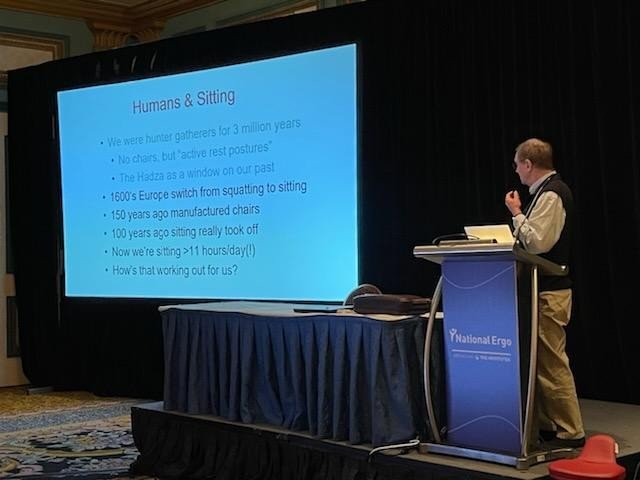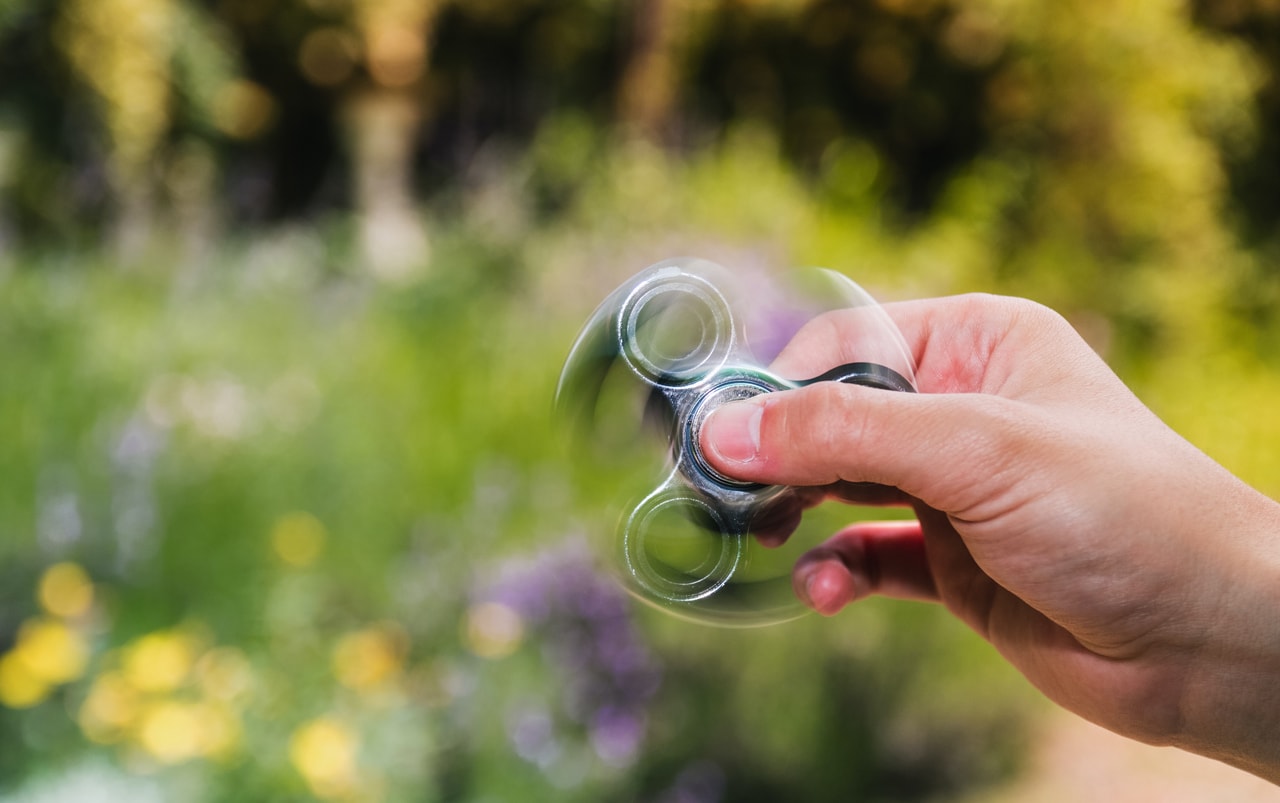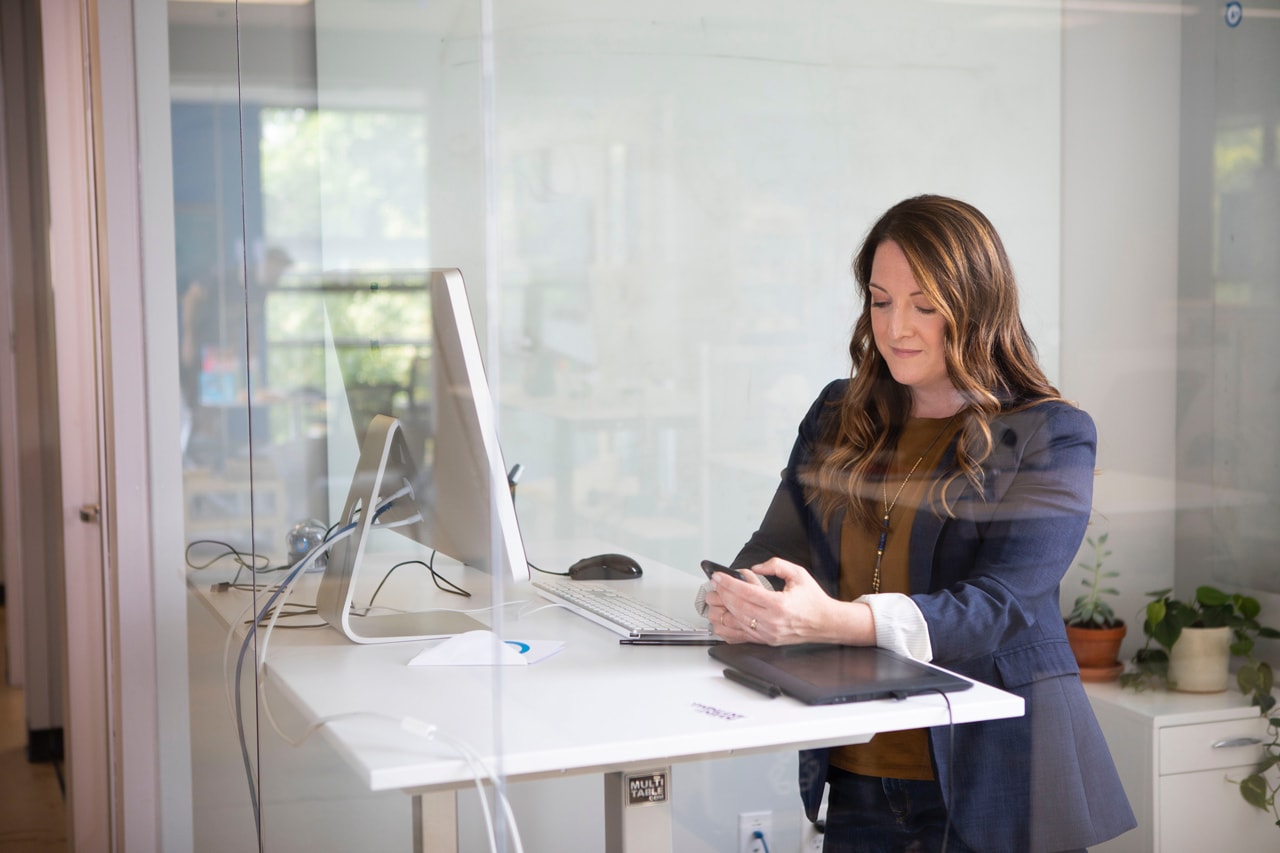A few weeks ago, I attended “National Ergo”, an ergonomics conference that’s held once a year in Las Vegas. I was there to give a lecture on the problems caused by our currently available “ergonomic” office chairs, a lecture that I alliteratively entitled “The Perils of Passive Sitting”. But I wasn’t sure it would go well.
As a lifelong physician and researcher, I’m comfortable lecturing; I’ve presented research findings at medical conferences around the country for the last 40 years. But it felt presumptuous of me to be lecturing at an ergonomics conference, because, well, because I have no formal training or credentials in ergonomics. But I long ago learned that the best way to learn a subject is to teach it, so when I was asked to lecture at an ergonomics conference, I was eager to dive into what’s grown to be a pretty sprawling literature on the array of health problems caused by the passive sitting that is enforced by our current office furniture chair designs.
I wasn’t sure what kind of reception my dour take on the standard “ergonomic” chair design would receive. After all, the entire ergonomic industry seems to have signed off on a single approved seated posture, with the ankles, knees and hips all at 90 degrees (the “90/90/90” posture). This posture is taken as the standard, reproduced in every ergonomics textbook and endlessly reiterated in the advertising copy from every office chair manufacturer. But because this “90/90/90” posture isn’t one that people naturally adopt or enjoy, the ergonomics industry has also had to produce an array of “supports” to enforce it: backrests, headrests, footrests, armrests, and the coup de grace, lumbar support, all deployed to impose an arbitrary, geometrically symmetric, posture. While right angle make sense when building a house or laying out an organizational chart, right angles really aren’t a good fit for biological systems that are all about curves and spirals. Chairs are unique, because they are where our natural anatomy encounters our constructed environment. Unfortunately, our current chair designs reflect our built environment rather than our intrinsic anatomy.
I was encouraged that the conference organizers had assigned me the largest lecture hall for my talk, and I was delighted to find the hall was nearly full for my lecture. I talked for most of an hour, but I saved 15 minutes for questions and comments at the end. Although I was eager to lay out the problems caused by current office chairs for posture, back pain, and metabolic syndrome, I was even more interested in the views of my audience: it’s not often that I have a whole lecture hall full of ergonomists willing to weigh in on how we ought to be sitting.
Against expectations, the audience was curious, even excited, to explore the problems with the current approach to “ergonomic” chair design. I had anticipated that my audience would likely push back, reiterating the “90/90/90” dogma that has dominated chair design, but not a single member of the audience advocated for the status quo. They all recognized the problems with our office chairs and were eager to discuss possible futures for how we will all be sitting in the 21st century. Indeed, we filled up the 15 minutes I’d allotted for questions at the end of my talk and then spilled over into overtime outside the lecture room with still more questions.
Of course, people willing to come to a lecture entitled “The Perils of Passive Sitting” may be self-selected to be open to alternatives to passive sitting, so the reaction of the room to my talk isn’t likely to apply to all ergonomists. But it certainly suggests that the ergonomic community isn’t monolithic in its approach to office chairs. And further, that there may be an appetite for ways around the current impasse in ergonomic office chairs.
As it happened, National Ergo conference was paired with a tradeshow in which office furniture companies displayed their newest wares, but disappointingly, not much was actually new: just row upon row of standard office chairs. Some incorporated new materials, or unusual colors, or a striking amount of chrome at eyewatering prices, but the mechanics of actual sitting was pretty much limited to the “90/90/90” model. A number of standing desks were also on display, or perhaps a better a single standing desk was displayed by a number of manufacturers. The stunning popularity of standing desks (now a $6B industry) is surprising because there is no evidence that standing desks provide any advantages. The marketing effort that has propelled standing desks to such prominence underscores the need for the marketplace to provide a stream of “new” ideas to sell more stuff and generate profits.
There was one novel startup, however, with a genuinely new idea: Movably. Mark Kapij, the inventor and CEO of Movably, is an engineer, an inventor, and a relentless experimenter. Mark and I share a sort of “ergonomic outsider” status, and so had a lot to chat about. We had long conversations about just how chairs might help people to move more while sitting. Mark’s seminal invention is a chair that pairs with a standing desk and encourages people to stand on one leg by periodically automatically folding half the seat pan of the chair down, leaving the sitter in a one-legged “flamingo” posture. Although it sounds a little intrusive, this chair’s quiet insistence in periodic posture changes quickly fades into the background and seems almost normal.
I have to say, it’s a slog and quite a cultural transition getting from Burlington, Vermont to Las Vegas Nevada. But it was worth the trek: I’m encouraged that change is slowly coming to the calcified world of ergonomic office furniture. I hope our active chairs can be a part of that change.
If you’d like to look at my slide deck that accompanied my lecture, you can download the PDF here.





1 comment
synergyphysiotherapyclinic
A big thank you to QOR360 for sharing insights from the National Ergonomics Conference! This article provides valuable takeaways and highlights from the event, offering readers a glimpse into the latest trends and innovations in ergonomics.
Leave a comment
All comments are moderated before being published.
This site is protected by hCaptcha and the hCaptcha Privacy Policy and Terms of Service apply.